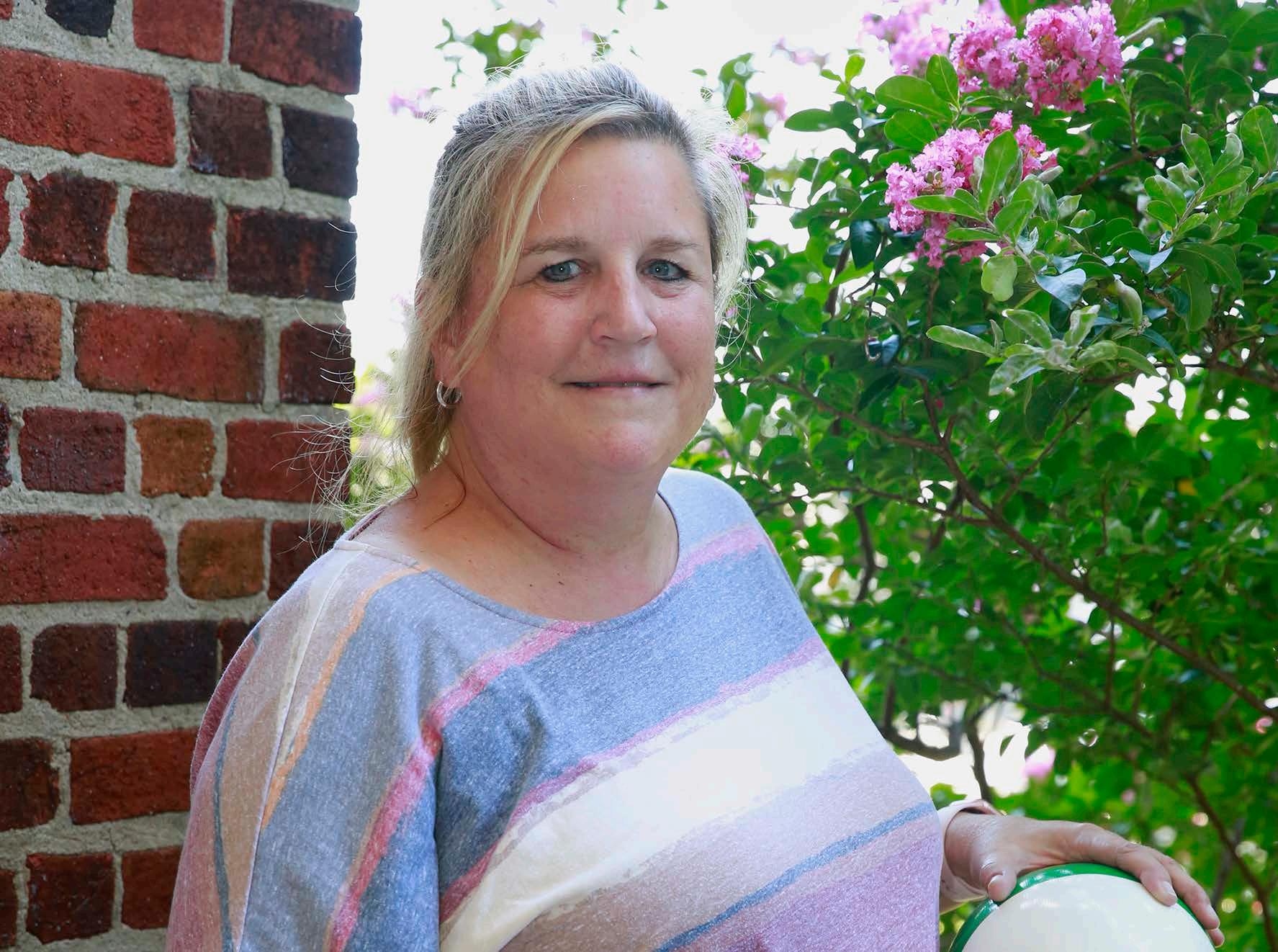Members of Code 105.3's Radiological Monitoring Division.
SURVEY SAYS: NNSY’S RADIOLOGICAL MONITORING DIVISION ENSURES SAFETY FOR WORKFORCE AND PUBLIC STORY AND PHOTOS BY TROY MILLER • PUBLIC AFFAIRS SPECIALIST Surveys come in many forms, from surveying land to surveying a group of people on any particular topic. For Norfolk Naval Shipyard’s (NNSY) Radiological Monitoring Division (Code 105.3), taking surveys involves the safety of all four Naval Nuclear Propulsion Program (NNPP) customers – the NNSY workforce, ship’s force, the public and environment. According to the United States Naval Nuclear Propulsion Program, “the principles of personal responsibility, technical knowledge, rigorous training, and auditing are vital to achieving the Program’s strong nuclear safety record.” “We perform radiological surveys as one part of a comprehensive program to ensure personnel are properly monitored for occupational radiation exposure. We know how much that radiation exposure is, and that it is safe,” said Code 105.3 Division Head Jeffrey Dirkx. “Code 105.3 also supports the production efforts of nuclear work in the shipyard and provides oversight for the correct applications of radiological controls involving personal radiation exposure, control of radioactive material and radioactivity control performed at the shipyard.” Code 105.3 ensures radiological work is properly executed, delivering peace of mind for people on the shipyard and in the local community. “The public trusts our work to keep them safe and we take that trust very seriously,” said Radiological Control Technician Sang Kim. Considered the backbone of NNSY’s nuclear program by Dirkx, radiological surveys play a part in ensuring that NNSY keeps its four customers safe while performing nuclear work. One of the integral responsibilities associated with nuclear work is to perform and 20 • SERVICE TO THE FLEET • AUGUST 2021
document surveys involving radioactivity, radiation, and radioactive material. “We pride ourselves on educating the workforce on radioactivity and radiological work,” said Radiological Control Technician Jaleesa Olds. “We work with the various projects to make sure the radiological work is done correctly and follows the requirements.” Due to the nature of their job, Code 105.3 personnel go through a rigorous and intensive training program known as the Radiological Control Technician Qualification School (RCTQS). “It is a six month Naval Sea Systems Command (NAVSEA)-approved course that is required to become a Radiological Control Technician,” said Dirkx. “To fully qualify, one must pass a written examination, hands-on practical examinations and an oral board.” Code 105.3 personnel do more than support NNSY and Nuclear Regional Maintenance Department--Kings Bay. They also travel to various NNSY’s satellite locations as well as the other public naval shipyards. Although Code 105.3’s work can be challenging, a sense of pride can be found amongst the team. “This job gives me a sense of fulfillment knowing we support the fleet,” said Dirkx. “Every time we complete an overhaul, I have personal pride and satisfaction knowing I was part of a team that was able to get a submarine or aircraft carrier back to sea to support our Navy and our country. It doesn’t get any better than that.”









